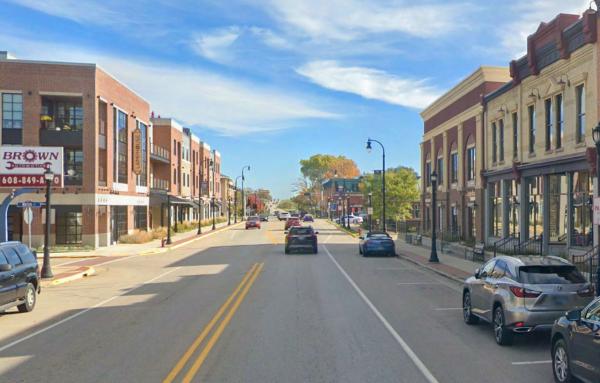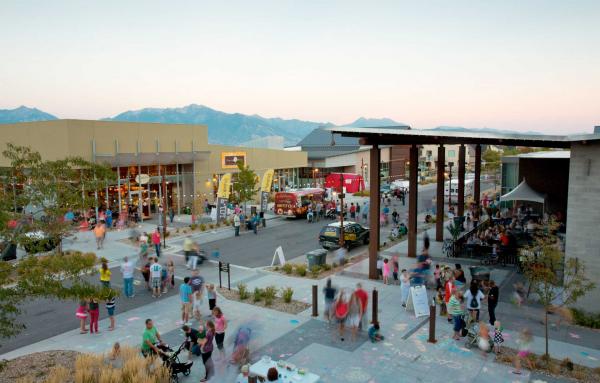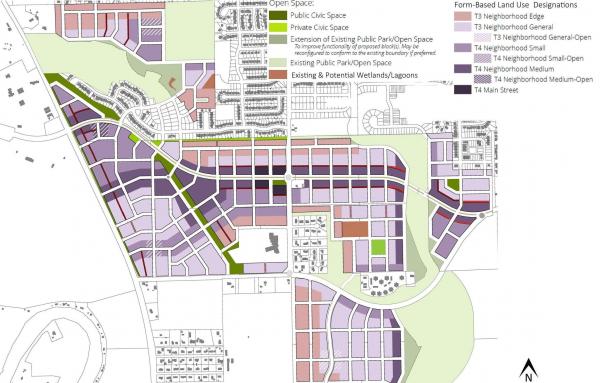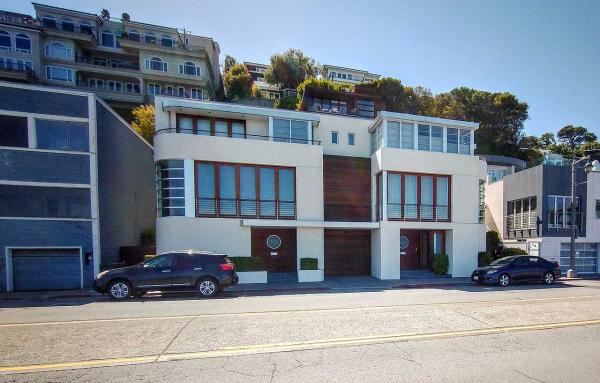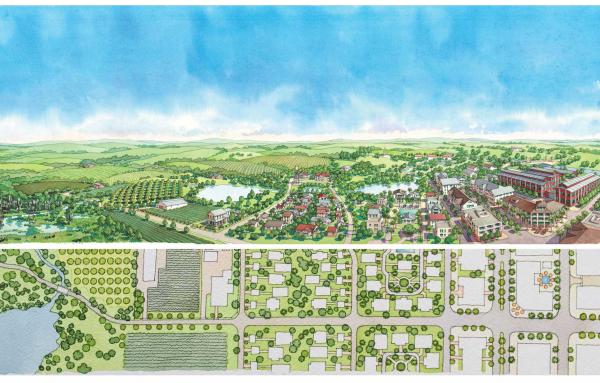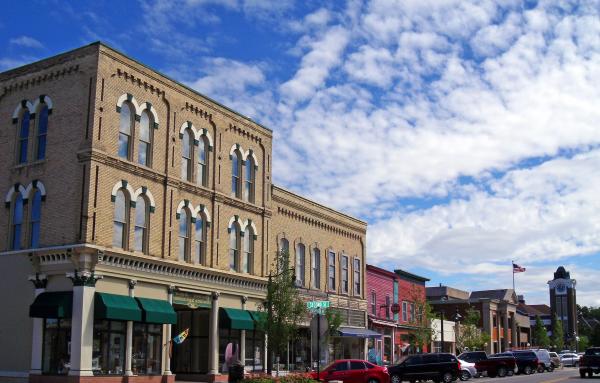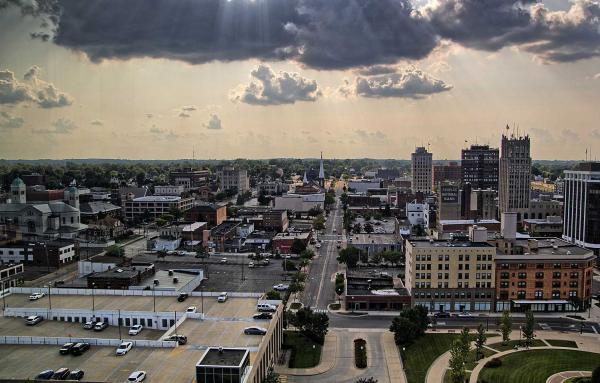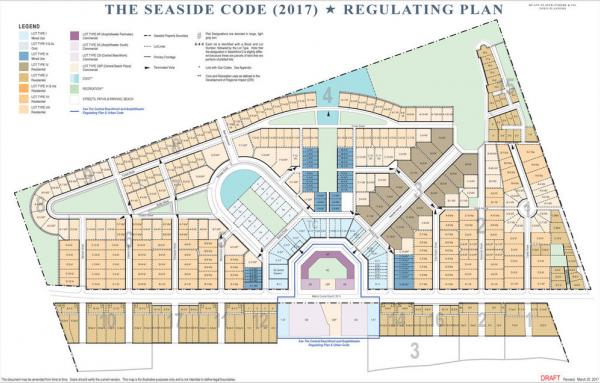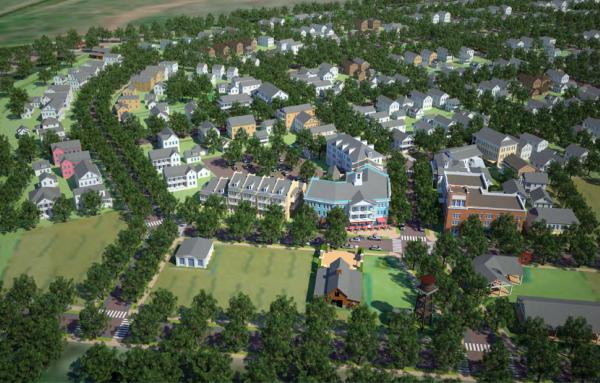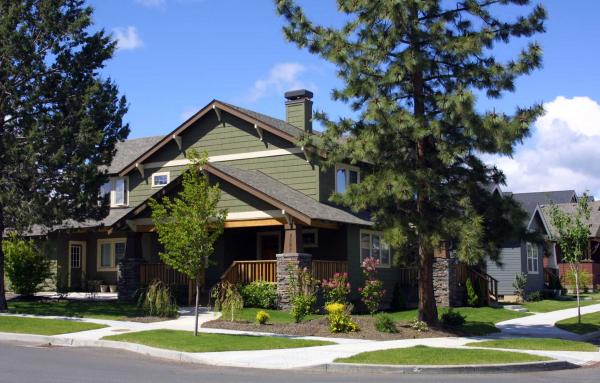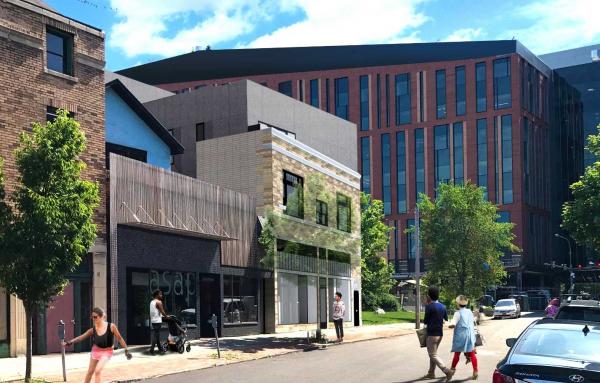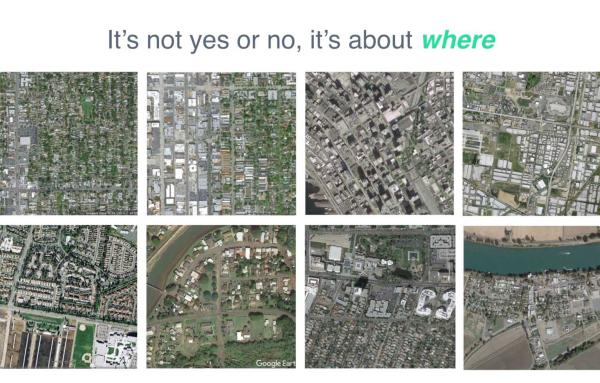Codes
CNU’s Project for Code Reform completed a report for Wisconsin municipalities, Enabling Better Places, building on similar reports for Michigan and Vermont, and one upcoming in New Hampshire.
CNU’s Project for Code Reform is filling a need for incremental code reform and furthering statewide programs to remove barriers to inclusive communities.
Update: The South District plan and code were adopted by City Council October 5.
The Golden State’s recent legislation enabling duplexes and small multifamily buildings has important urban design implications for New Urbanism and walkable communities.
Groveland, a rapidly developing small city 30 miles west of Orlando, Florida, adopted a plan and code that included the beautiful Transect diagram shown above. The mostly still-rural community, which nearly doubled in population last decade, adopted...
Significant programs and legislation may set the stage for local code reform across the US, enabling better places.
The Project for Code Reform looks at Michigan municipalities to find the key changes to land-use regulations on the local level.
Building types are useful in defining a variety of house-scale buildings in a mixed neighborhood, and where neighborhoods are near main streets. Here's how to apply them.
A large new development area in Missoula, Montana, will be built out according to new urban principles.
The State of Oregon adopted significant zoning changes in 2019 that allow two-unit structures across most of the state, and three-unit housing on lots in larger communities. “This doesn’t ‘abolish the suburbs,’ but it does ensure that a wider...
One of the few form-based codes to be applied citywide in a regional major city, Buffalo’s ordinance is having a positive impact on neighborhoods and downtown.
Regulation of building types helps to provide predictability and clearly articulate the intended outcomes in many kinds of walkable neighborhoods, but they are not helpful everywhere.
